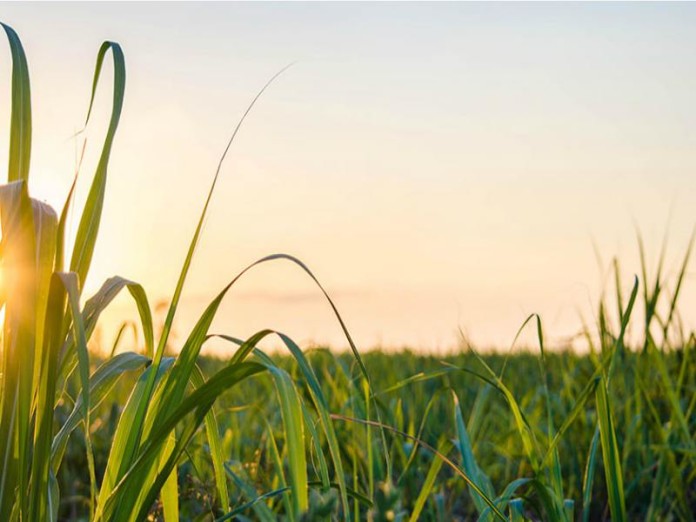Columnist Novelita W. Mondamina (Veli) believes that renewable energy is the future; that it will play a huge role in fulfilling energy demand worldwide, including in Indonesia. Many Western countries have already had ambitious plans to achieve 100% renewables target, but how about Indonesia? Veli is sharing her insights on Indonesia’s renewable energy potential and how to best fulfill it.
***
It was the beginning of 2013 when I had my first job as a fresh chemistry grad. I had to measure the carbon footprint of Indonesia’s power plants and provide recommendations on how they can reduce it in effort to mitigate climate change. Having been trained in chemistry, carbon emission and climate change were new animals to me. I was curious as to why we needed to touch on this issue. Could I contribute to solving climate change problems given my academic background?
To answer these questions, let’s first go back to 2009, when Indonesia’s then-president Susilo Bambang Yudhoyono pledged to shrink the country’s carbon emission by 26% by 2020. He announced it on the final day of the United Nations Framework Convention on Climate Change (UNFCCC) Conference of Parties (COP) 15 in Copenhagen. He then turn the plan into action by issuing Presidential Regulation No. 61/2011 and No. 71/2011 on national action plan to reduce carbon emission and greenhouse gasses stocktaking, respectively.
This was a pivotal moment in Indonesia’s climate change policy history. The regulations prompted initiatives from multiple sectors to reduce their respective carbon emission, including from power plants. As we know, our domestic power plants still heavily rely on coal and natural gas. In order to contribute to the government’s emission reduction target, they thus needed robust adaptation strategies.

Now, where does this put me? At that time, I realized that I was a newcomer in the climate change policy scene. I asked myself, how could we fight climate change without neglecting our increasing energy demand? The answer was clear: renewable energy. Renewables are deemed a cleaner, more sustainable alternative to conventional sources in fulfilling our growing energy demand.
Indonesia has a host of potential renewable energy sources; solar is at the top of the list. As a tropical country, we get 4-5 of peak sun hours everyday, which are equivalent to 1.2 kWh of electricity. Such amount can electrify a small house with standard appliances for 2 months. This fascinating idea then inspired me to pursue further study on renewable energy.
Long story short, I finally decided to take on a Master’s Degree in Energy and Sustainability: Energy Resources and Climate Change at the University of Southampton (UoS), UK, in 2015. I was attacted by the syllabus of the program: it offered a comprehensive one-year curriculum on renewables, fossil fuel, and sustainability.
There are different types of renewable sources, including solar, wind, hydro, geothermal, and biomass. We learned about all these as well as fossil fuel in order to get a big picture of their potential, available technologies, as well as their economic, social, and environmental impacts. Among this variety of topics, it was necessary for us to focus and become an expert on one type of energy source.

At that time, I believe it would be valuable to connect the subject of energy and sustainability with my chemistry background. Based on this thinking, I chose to focus on bioenergy. I started to look into how bioenergy was being implemented in Southampton, UK, and the EU, and also how it could be developed in Indonesia.
I visited a bioenergy plant for the first time in Southampton. The plant converted food waste to biogas to generate electricity and heat. It was fascinating. It got me thinking that Indonesia could do the same. With population four times the size of the UK’s, Indonesia should have more food waste, and thus more energy generated. I believe Indonesia could well do what the UK was doing.
Among renewables, biomass, which includes food waste, has the second highest energy potential in Indonesia after solar. Biomass energy or bioenergy is produced using natural resources such as plants, animal manure, and kitchen waste. According to Indonesia’s Ministry of Energy and Mineral Resources (MEMR), bionergy could generate 32.6 GW of electricity. However, only 5% of this potential has been utilized.

How can we improve this number? In order to fully exploit such potential, there are some important steps to take.
First is to have a clear national and/or regional energy roadmap. Both the UK and the EU have an energy roadmap for 2050. They backed this up with extensive research, analysis, and planning on energy market, transitional energy system, and public engagement.
Indonesia has set an energy diversification target by 2050. That’s a good start. However, we still lack a comprehensive analysis and detailed targets for the contribution of each source to energy generation. These are important guidance that will allow related sectors to devise their strategies to help achieve the national and/or regional target.
Second is to have a solid commitment from the central and regional governments. Continuous communication, monitoring, and evaluation between the different levels of government is imperative to turn plans into actions. EU schedules a meeting once every 3 months between ministers of energy to monitor their progress on energy roadmap. This model can be emulated in Indonesia, whereby MEMR and energy leaders at the province level have a regular coordination call to discuss next steps on the energy action plan.
Third is to stimulate a synergy between academic institutions and industries. In the Netherlands, for example, students carry out work experience or internships with industries for 3 or 6 months. This is a give-and-take experience, whereby students can get professional experience and exposure from the companies, and on the other hand, the companies can obtain new insights and additional human capital to strengthen their business line.
Indonesia has an amazing potential to develop its renewable energy, but it is our job to turn that potential into real power. A challenging, but ultimately rewarding, task is ahead of us all. Starting with and building off of those key steps will help us along the way.







